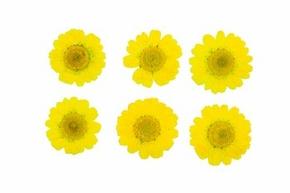Your Cart is Empty
Menu
-
- Shop By Event
- Naturals & Florals
- Crafts
- Vases
- Candles & Lighting
- Décor
- Ideas & Inspiration
- Sale
-
- Help
- FREE SHIPPING ON ORDERS OVER $79
- 1-800-928-6175
- Login
-
United States (USD $)

0
Your Cart is Empty



